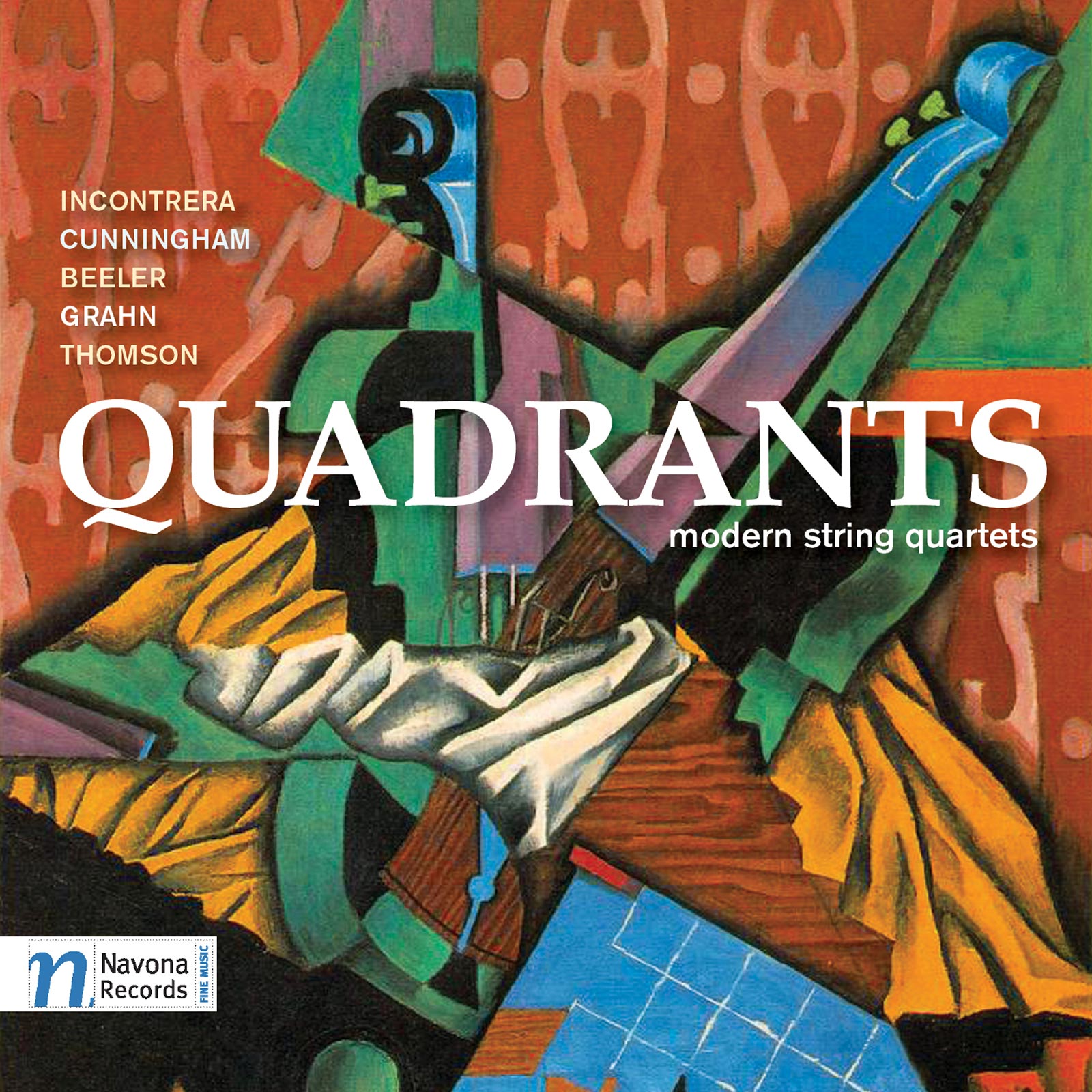
Virgil Thomson was born in Kansas City MO in 1896 in what was then still an agricultural society. Early years in the Midwest exposed him to the folk music, hymn tunes and popular songs that would figure so prominently in his compositions.
He began musical studies at five with his cousin and continued with local teachers. In 1916, Thomson enlisted in the National Guard, and three years later entered Harvard. A Naumberg Fellowship brought him to Paris and further study with the legendary Nadia Boulanger. There, in 1920s, he fell under the influence of Satie, Stravinsky, Cocteau, members of “les six”, Picasso, and perhaps most importantly, Gertrude Stein. After setting some of her poems in Capital Capitals for chorus, he collaborated with her on two operas, Four Saints in Three Acts (1928) and The Master of Us All (1947).
During the Depression, he wrote music for the Federal Theatre Project and Orson Wells. Scores for several films followed and in 1940, Thomson assumed the powerful position of music critic for the New York Herald Tribune, a post he held for many years. His musical output is wide, encompassing chamber, vocal, piano, choral, opera and film scores. In addition, he is the author of several books of music reviews, criticism and autobiography. He died in New York City in 1989.
Thomson composed his first String Quartet in Paris in 1931. The piece had its premiere on June 15 of the following year with Quatuor Krettly, on an all Thomson program. It is dedicated to John Latouche.
At that concert, composer and critic Henri Sauger wrote: “Voluntarily, (Thomson) uses a language of extreme purity that could easily be inexpressive, white and savorless. But he uses it with such intelligence, such tact and his musical sensitivity is so alert that this surprising idiom actually gives depth.”
To an audience almost 70 years later, Thomson’s idiom still sounds surprising. A blend of vocal exercises, waltzes, church hymn tunes and French chanson, the quartet is in four movements, Allegro moderato, Adagio, Tempo di valzer and Lento leading to the final Presto.
Thomson’s method of composition manipulates small elements, combining them to form melodies, which are constantly being transformed. These materials are often very simple, such as scales or ascending or descending thirds. Thus, the same “tune,” at least in the first three movements, never appears more than once, even though elements of it recur again and again. This gives the work its coherence and the impression of forward motion. Only in the final Presto, which is a rondo, do we hear literal repetition of material.
The work is also full of unexpected and surprising harmonic twists. False cadences and “wrong sounding” notes and modulations add to its humor, so that the listener never knows what is coming next, making it almost a kind of “musical joke.” Despite these unorthodox compositional practices, the piece bears the unmistakable stamp of a composer thoroughly at home with the long history of the form.
Although Thomson revised the piece in 1957, the Boston Composers String Quartet plays the original version of 1931. Currently, this is the only commercial recording of the piece available. An old LP by the New Music Strings Quartet has been gone from the catalogue for years.
–David L. Post
Albums
Quadrants
Catalog Number: NV5883

